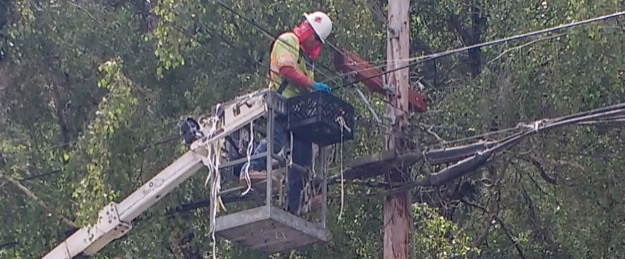
Proposals for speeding up broadband infrastructure deployment haven’t been posted yet by the Federal Communications Commission. Its industry-led broadband deployment advisory committee wrapped up two days of meetings on Wednesday, with the big news so far being the resignation of San Jose major Sam Licardo, after the FCC allowed AT&T to rewrite draft recommendations that didn’t offer incumbents sufficient protection from the inconvenience of competition.
Thanks to reporting by Mari Silbey at Light Reading, at least we know that the group signed off on a one touch make ready (OTMR) policy…
For any simple pole attachment – i.e., where there is no expectation of an outage or possible facility damage, and where this is no splicing and no relocation of equipment required – a new provider can proceed with installing equipment after a 25-day window of review.
That review period includes assessments by the pole owner and by the existing operators with equipment already on the pole. If there is an objection to the installation, it has to be on the grounds that the contractor chosen for the work doesn’t meet safety or reliability qualifications.
Predictably, AT&T doesn’t like it and its representative voted against it. The Communications Workers of America union is opposed too – less work to attach fiber and open hiring opportunities means less work for union members (h/t to Fred Pilot at EldoTelecom Blog for the pointer). But Verizon and other big telecoms supported OTMR – it’s also considered key to 5G small cell deployments – and that was sufficient.
OTMR policies prevent incumbents from blocking or harassing would-be competitors. It was at the center of federal court cases between Google and an opposing line up that’s familiar to any one who follows broadband issues in California: AT&T, Frontier Communications and Comcast. Google won in Louisville and lost in Nashville. A key reason was that Kentucky, like California, has opted to regulate pole attachments itself. Tennessee operates under the FCC’s default rules, so Nashville couldn’t write its own.
That also means that if the FCC accepts the recommendation and adopts a OTMR rule, it won’t apply in California. It’ll be up to the California Public Utilities Commission to adopt its own version of OTMR. A process that might lead to such a policy is underway, but it could be some time – months or even years – before the CPUC reaches a decision.
